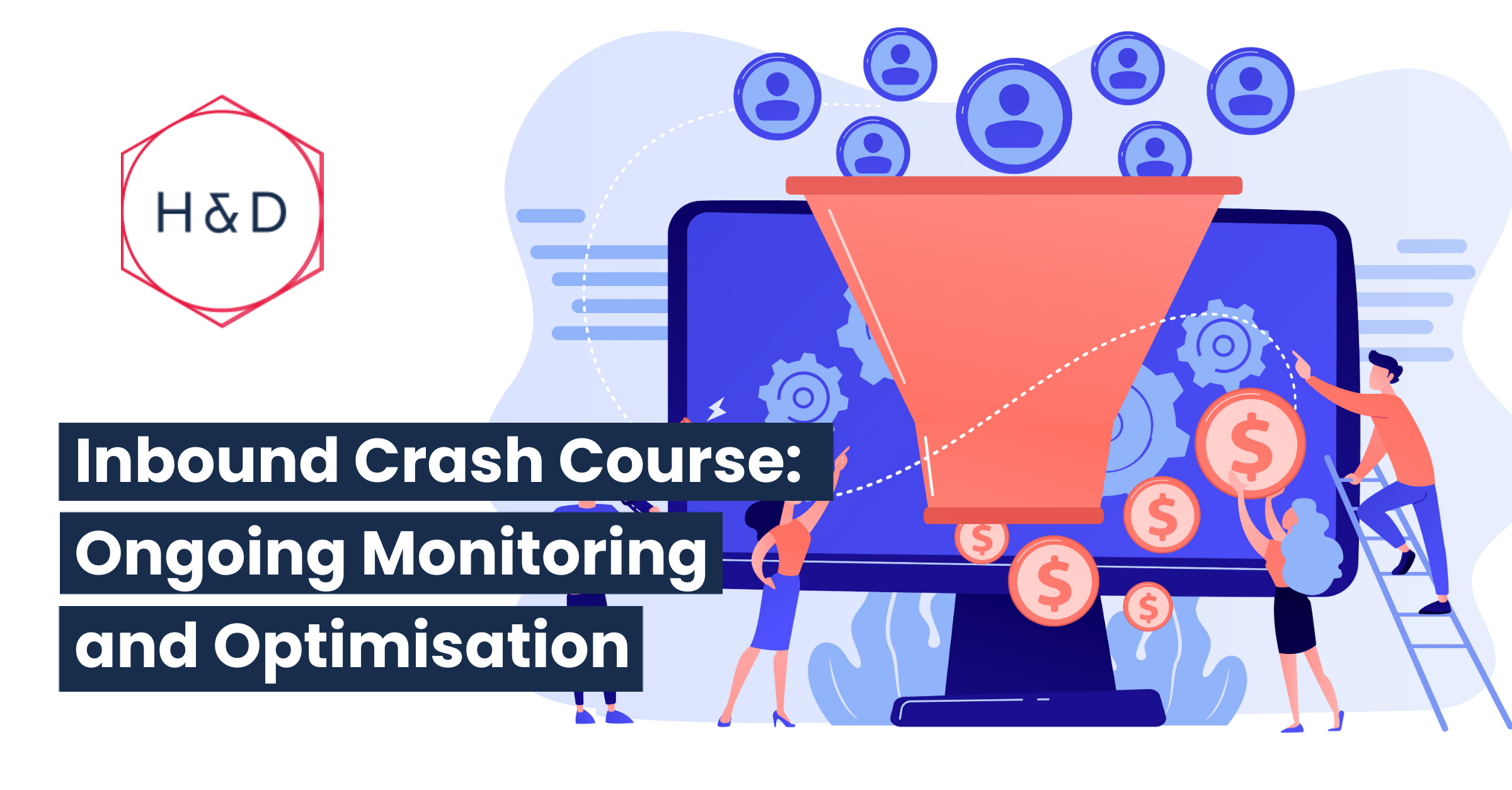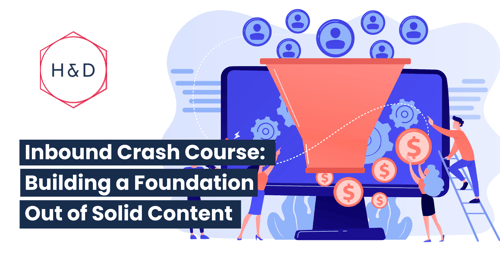
Even with the most informed and best intended upfront campaign design, sometimes campaigns fall flat. Even if they are performing well, there is always room for improvement.
The beauty with digital campaigns is that you can continuously improve and enhance them to increase conversions as well as manage external risks and opportunity.
If you set up your campaign tracking properly at the beginning your regular reporting should help you understand what is working well, where there are potential issues, and areas for new opportunities. If your tracking is not set up, I recommend that you get this sorted before making any sweeping changes or decisions regarding your campaigns – as you may make things worse.

Some people at this stage are prone to tweaking things and never really giving campaigns a chance to settle to fall into any kind of pattern. Unless something is obviously terribly wrong with your campaign (such as a mistake in the setup of an audience or placement) we would recommend leaving it to settle for a month before making any drastic changes.
Every month you should report on and optimise the following
- Your campaign KPIs and how these are supporting your overall goals
- Optimise your advertising:
- Add and remove keywords
- Optimise spend per channel and ad group
- Troubleshoot any poor performing campaigns
- Refresh campaign creative to combat attrition for long running campaigns
- Ensure that your ads align with any changes to rules and guidelines for their given channel
- Make sure that each ad is utilising extensions and special features
- A/B test different messaging and creative
- Optimise your landing pages:
- Optimise keywords
- A/B test different layouts, messages, imagery
- Enhance your forms
- Create new landing pages to optimise for different ads
- Enhance your offer
- Optimise your nurturing flow and emails:
- A/B test different layouts, messages, imagery
- Segment and personalise
- A/B test call to actions (CTAs)
- Enhance offers and enrich content
- Try different workflows to retarget users via other channels to combat drop-off
- Try different workflows to send new emails if the contact has not engaged
- Optimise your sales process:
- Review your lead scoring processes
- Review workflows to ensure that no sales qualified lead is dropped
- Review templates and sales automations
Depending on the nature of your organisation, you may need to review and sense check your reporting with key stakeholders in your business, and outline actions taken to optimise the performance of your campaign. Of course, once performance is at an agreed level, you may be able to justify spending more money to deliver more leads!
Nurturing your leads
Nurturing your leads means supporting them through the buyer’s journey:

That means providing them with the information that is relevant to where in the journey they currently are:
- Awareness Stage: The buyer recognises that they have a problem.
- Consideration Stage: The buyer defines their problem and researches options.
- Decision Stage: The buyer chooses a solution.
So many businesses still operate in the mindset of trying to close a lead as quickly as possible – too quickly – and then losing that customer as a result. But in all sales funnels, and especially in Inbound, properly nurturing your leads – through targeted content, multi-channel nurturing, multiple touches, timely follow-ups, and personalisation – until they are ready to convert, is key.
On average, 50% of the leads in any system are not yet ready to buy
(Source: Marketo)
And it’s totally worth it. Research has shown that marketers see an average 20% increase in sales opportunities from nurtured vs non-nurtured leads. And companies that excel at lead nurturing generate 50% more sales at a 33% lower cost (Forrester, 2014).
How to nurture leads
- Use an email series to educate and engage your lead with your services and organisation.
- Use Facebook Messenger in a similar way for any individuals who have engaged with you via Messenger.
- Use content and offers to support the awareness, consideration and decision stages of the buyer journey.
- Define what it means to become a sales qualified lead (SQL) and create a task for your sales team to follow-up when this criteria is met.
Messenger open rates are as high as 90%
(Source: Ben Angel)
The key here is serving your leads with the right information via the right channel, and at the right time. Be front of mind during their buyers journey and you will massively increase the chances of them doing business with you when they are ready.
Nurtured leads makes 47% larger purchases than non-nurtured leads
(Source: The Annuitas Group)
Want to check out a Messenger Chatbot in action? We've set one up especially to take you further through your journey!
Extending your campaigns with a content strategy
While creating your awesome campaign, it is also a good idea to kick-off your content strategy. You can leverage a strong content strategy to enrich your nurturing process as well as drive organic traffic.
In the next post Alex will cover how to create a content strategy to help your organisation to prepare and plan for reliable cost-effective sources of traffic and new leads. Having good quality content is also a major part of modern SEO, so you’ll want to make sure you read it!
Talk soon,




